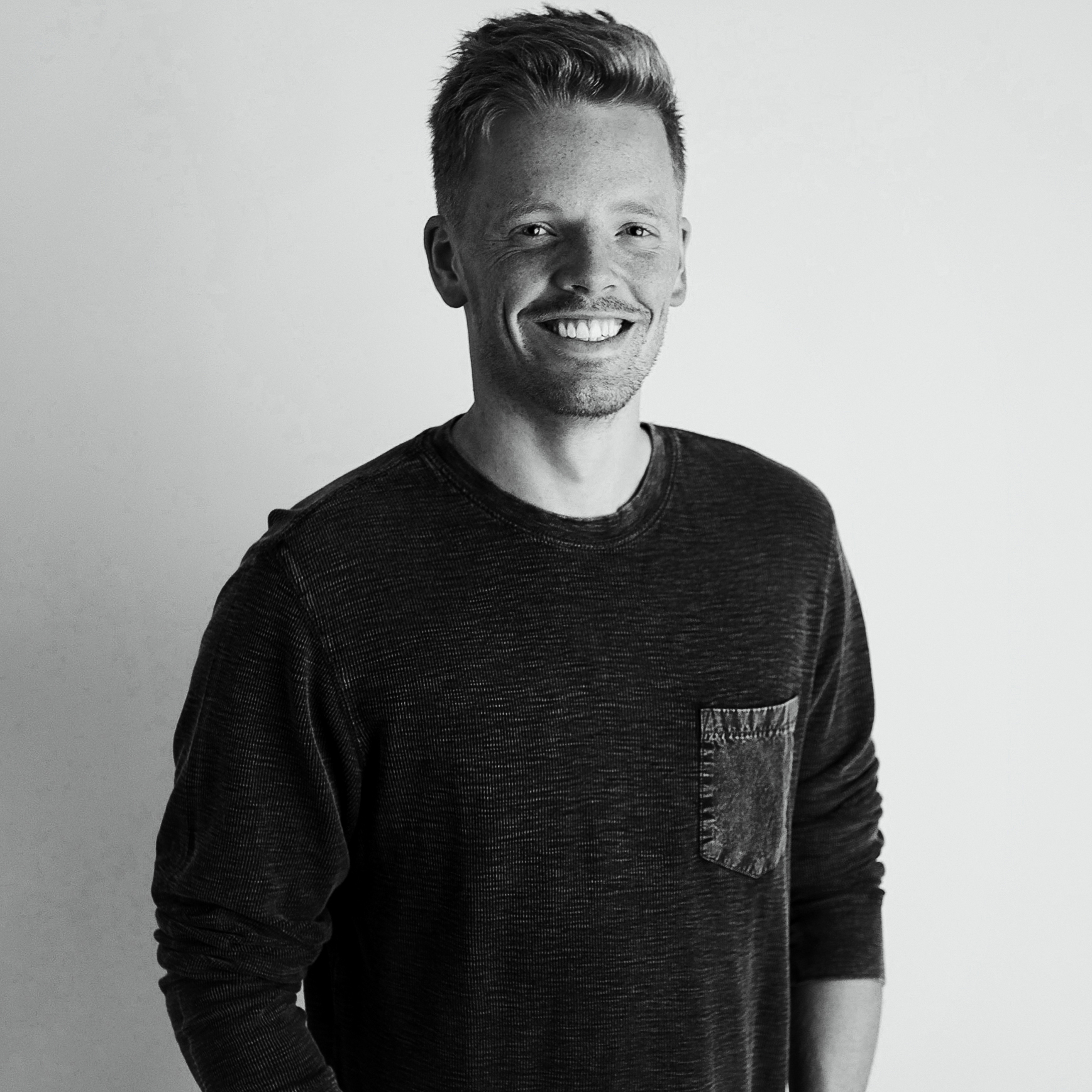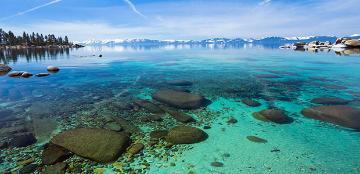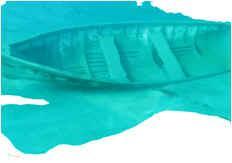A world-class field operation advancing robotic systems for air, land, sea, and space.
The RSL conducts a world-class field robotics program in which interdisciplinary teams of students develop and deploy advanced robotic systems and autonomous control technology missions on the land and in the air, sea, and space. Activities range from designing deep sea water sampling systems to discover new forms of life to conducting mission control activities for professional NASA and industry space missions. The Lab routinely collaborates with sponsors and partners from the government, industry, academia and the non-profit sector.
Each year, the Lab engages 100+ undergraduate and graduate students and 15+ faculty/staff members from 10+ departments across the university. Based on the compelling and applied nature of its program, the National Academy of Engineering named the Lab as one of its exemplar programs for Real World Engineering Education.
Looking for new students!
We have a wide range of design and research projects for students looking for capstone/thesis topics, directed research projects, etc. Topics include novel system/mechanism design, vehicle/manipulator control, perception systems, etc. Applications include environmental monitoring, agricultural automation, scientific exploration, etc. We are also looking for students to join our field operations teams for controlling underwater robots, aerial drones, and spacecraft.
Featured Activities
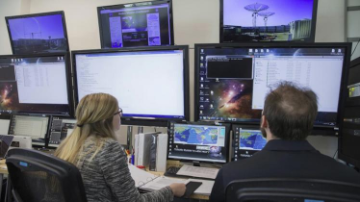 |
The Lab is part of a new NASA mission involving the development and on-orbit control of a compact solar sail spacecraft, with an expected launch in 2023. |
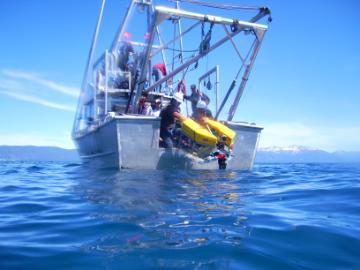 |
During a 5-day ROV mission in Lake Tahoe and Fallen Leaf Lake, students worked with scientists from USGS and UNR to characterize local underwater geology. Students have also delivered a new high temperature water sampling system that is being deployed in the Pacific Ocean. |
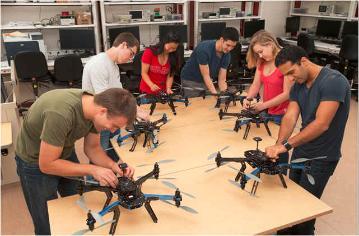 |
The Lab is conducting drone flights for the university to assist with archeology surveys, construction monitoring, and promotional filming. The Lab will also soon be resuming agricultural flights with infrared and multispectral imagers. |
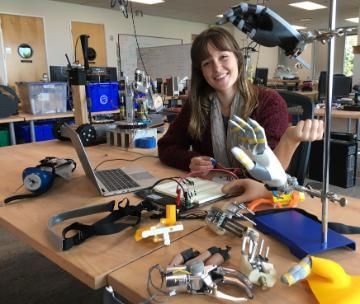 |
Design teams are developing a new low-cost prosthetic hand for mass production in India. The hand is a simple, one degree of freedom device controlled by a wearable sensor sleeve. |
Featured Research
Students interested in learning more about this work are encouraged to refer to selected publications on these topics.
Collaborative multirobot systems: The Lab is the home of the cluster space multirobot formation control technique. This control methodology has been demonstrated for a range of land/sea/air systems and is an enabling technique for multirobot applications such as the transport of large objects and the optimal tracking of mobile targets.
Adaptive navigation of environmental scalar fields: The Lab is a leader in multirobot techniques to adaptively locate the max/min points in environmental fields, to move along contours, to move down/up ridge/trench formations, to locate saddle points, and to move along frontlines. These capabilities are fundamental for applications such as disaster response, environmental monitoring/characterization, exploration and security.
Additional Applications of our Work in Cluster Space Multirobot Control: In addition to using our cluster space control technique to enable adaptive navigation capabilities, we have applied it for a wide range of other applications that benefit from distributed functionality. These applications include escorting and guarding other objects, manipulating/transporting large objects, and optimally tracking targets.
Causal/Model-based AI for anomaly management: We have developed a comprehensive model-based conceptual framework for different types of anomalies that occur in functional engineering systems, to include a unified framework for their detection, diagnosis and resolution. We have been applying this to the operational control of the robotic systems we build and deploy.
Novel robotic system design: Given the needs of our sponsors and collaborators, we design custom robotic systems and technology. Examples include SWATH boats for autonomous bathymetric mapping (used in Lake Tahoe), a novel high-temperature water sampler using shape memory alloy triggers (deployed in the Pacific Ocean), and a reconfigurable passive magnetic satellite stabilization system.
Bringing fresh, delicious, nutritious food to the 1.1 billion malnourished people in the world is the mission of Sam Bertram ’16, M.S. ’18. The technical and entrepreneurial skills he developed at SCU are helping him turn his vision to reality.
